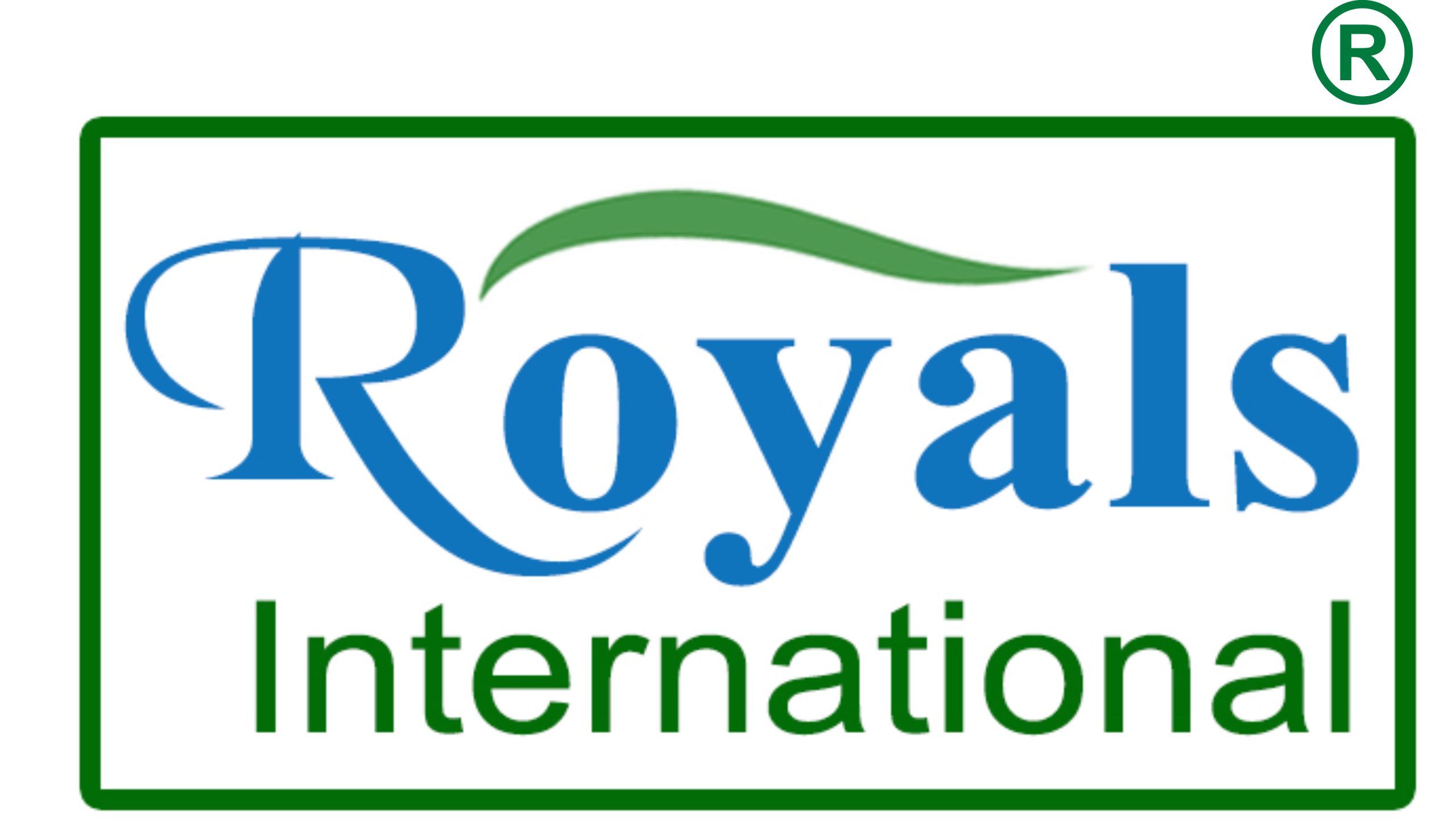In the evolving landscape where digital innovation meets ancestral wisdom, gaming emerges not merely as entertainment but as a profound medium for cultural continuity and ecological mindfulness. At the heart of this quiet revolution lies a surprising yet deeply rooted connection: the Zen of Sustainable Seafood and Modern Games. This philosophy mirrors the timeless rhythms of ocean stewardship, transforming ancient knowledge into interactive experiences that shape how players understand sustainability, community, and responsibility.
1. Cultural Narratives: Seafood Wisdom as Game Design Blueprints
From the first flick of a fishing rod in a mythic coastal village to the algorithms guiding virtual harvests, seafood traditions offer rich narrative blueprints that inform game design philosophy. Indigenous communities across the Pacific, Caribbean, and Arctic have long embedded ocean stewardship into oral histories, rituals, and collective memory—values now echoed in games that prioritize ecological balance. These stories are not just backdrops; they become living frameworks for world-building ethics, where every decision reflects a deeper respect for marine life and future generations.
- Case study: The game SeaDrift uses ancestral fishing calendars to shape seasonal gameplay, reinforcing the importance of timing and restraint in harvesting.
- In Tides of Memory, players navigate a dynamic ecosystem where overharvesting triggers visible decline, mirroring real-world consequences observed in Indigenous marine management practices.
- Design principles drawn from ancestral knowledge emphasize reciprocity—players must restore balance rather than exploit resources, echoing traditional philosophies of giving back to the sea.
2. Mechanics Rooted in Ecological Wisdom
Beyond narrative, seafood-inspired practices are woven into core gameplay mechanics, transforming abstract sustainability into tangible player agency. Games like Catch & Cultivate simulate seasonal fishing cycles, requiring players to adapt strategies based on species breeding patterns—mirroring Indigenous calendars that honor natural rhythms. This dynamic feedback loop fosters a deeper understanding of long-term marine health, where short-term gains come at the cost of ecosystem collapse if ignored.
| Mechanic Element | Real-World Parallel | Player Impact |
|---|---|---|
| Temporal Harvest Cycles | Indigenous seasonal closures | Prevents overexploitation and supports species recovery |
| Ecosystem Balance Meters | Visualizes ripple effects of player choices | |
| Community Resource Sharing | Collective stewardship models | Encourages cooperative, fair resource use |
“A game that teaches patience and respect through seasonal fishing is not just play—it’s a digital ceremony of care.”
3. Ethical Representation: Honoring Heritage Without Exploitation
As games reach deeper into cultural realms, ethical representation becomes paramount. Collaborating directly with coastal communities and culinary elders ensures authenticity and prevents stereotyping. Games like Kelp’s Call involve fisherfolk in narrative co-creation, embedding real stories and sustainable seafood practices into gameplay. This partnership not only enriches the player experience but also amplifies voices often excluded from mainstream media.
- Co-design workshops ensure that game mechanics reflect actual harvesting traditions rather than simplified tropes.
- Soundtracks and voice narratives incorporate authentic regional dialects and ocean-related oral histories.
- Transparent credit and revenue-sharing models support communities as equal stakeholders in game development.
4. Sustainable Infrastructure: Behind the Scenes
The quiet infrastructure of sustainable game development mirrors the low-impact ethos of responsible seafood supply chains. Energy-efficient servers, modeled on minimal-distribution fishing logistics, reduce carbon footprints. Ethical sourcing of digital assets—from 3D models to sound samples—prioritizes real-world sustainability practices, often partnering with Fair Trade-certified studios and eco-conscious voice actors. Development workflows itself emulate regenerative harvesting: iterative feedback, reduced waste, and continuous learning from environmental data.
“Just as a fisherman rotates zones to preserve stocks, sustainable development rotates teams and priorities to avoid burnout and stagnation.”
5. Gaming as a Bridge: Intergenerational Dialogue on Seafood Wisdom
Games become powerful vessels for intergenerational learning, where ancestral knowledge is not lost to digital progress but reanimated. Titles like Ocean’s Memory invite players to explore underwater archives and dialogue with virtual elders, illustrating how traditional fishing techniques safeguard biodiversity. These experiences foster cultural continuity and inspire modern stewardship, proving that sustainability is not just a trend but a timeless practice.
- Interactive storytelling layers teach younger players about seasonal cycles and respect for marine life.
- Multiplayer dynamics simulate community cooperation, reflecting real-world collective efforts in fisheries management.
- Dynamic environmental storytelling shows consequences of choices, reinforcing cause and effect in marine ecosystems.
Returning to The Zen of Sustainable Seafood and Modern Games, this journey reveals gaming’s quiet power: not to entertain passively, but to educate, connect, and inspire a deeper, respectful relationship with the ocean and its bounty.


Leave a Reply